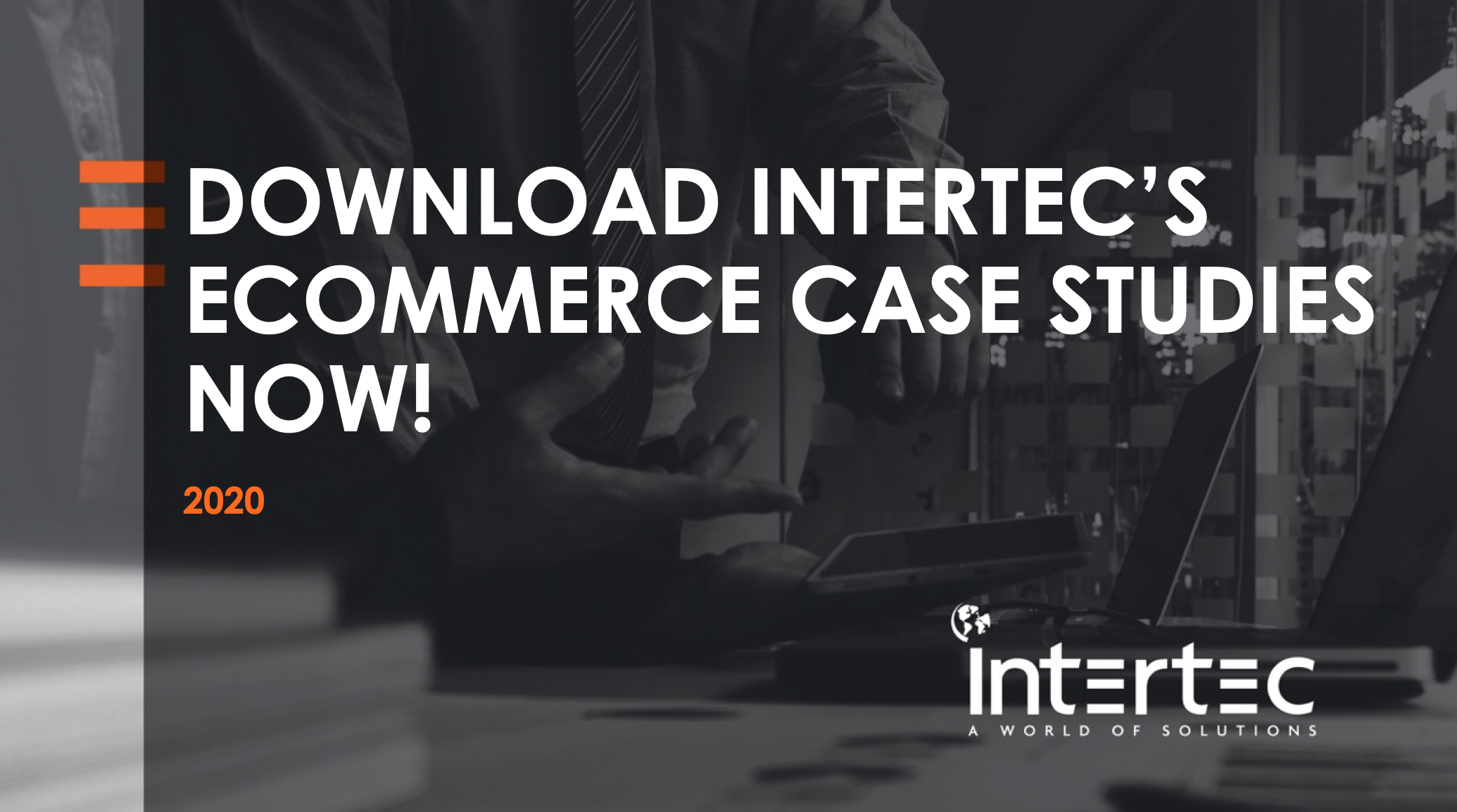It’s a common refrain in the world of e-commerce: your company wants to implement an SAP Hybris solution, but you’re not sure where to start. There are a lot of individual modules and solutions under the Hybris umbrella, and figuring out which one(s) apply to your particular situation can be a daunting task. Even once you’ve figure that out, there are huge changes that need to get made to your entire software ecosystem, and you might be worried that you simply don’t have the in-house capabilities to deal with the coming challenges.
 If you’re experiencing some or all of these anxieties, you’re not alone. SAP Hybris implementations can present real challenges even for tech-savvy teams (with studies showing that at least a third of executives have experienced significant implementation hurdles), and it can be risky to go into a large software integration process like this without a clear idea of what lies ahead and how to overcome the challenges that are likely to crop up.
If you’re experiencing some or all of these anxieties, you’re not alone. SAP Hybris implementations can present real challenges even for tech-savvy teams (with studies showing that at least a third of executives have experienced significant implementation hurdles), and it can be risky to go into a large software integration process like this without a clear idea of what lies ahead and how to overcome the challenges that are likely to crop up.
1. Overcoming SAP Hybris Architecture Confusion
First things first, you might encounter some initial confusion—either for yourself or among stakeholders whose buy-in you need to get the ball rolling—about what, exactly, you’re adopting when you adopt an SAP Hybris solution. Though this isn’t always clear to the casual observer, Hybris is a brand, rather than a product; it refers to a whole suite of interoperable, Java-based solutions that cover different parts of the e-commerce sales and marketing process. These solutions include:
- Hybris Commerce: this is the one that’s most likely to be on the table if you’re talking about e-commerce. It offers product content management, order management, robust search functionality, and innumerable other features that cover both B2B and B2C scenarios.
- Hybris Marketing: this solution expands on the capabilities of the existing SAP CRM, offering real-time contextual marketing capabilities. Like the other items we’ll list here, this can be interworked with Hybris Commerce to expand the capabilities of each and help e-commerce companies build out stronger strategic marketing initiatives overall.
- Hybris Cloud for Customer (C4C): here you can find wide-ranging functionality covering the intersection of customer service, sales, and marketing—all within a cloud-based environment.
- Hybris Billing: this solution helps you stay agile with monetization, pricing, subscription management, revenue management, and more in real-time.
Thus, when the general directive is simply “implement SAP Hybris,” it can sometimes be difficult to know what that means. You need to figure which solution or combination of solutions is the right fit for your current IT ecosystem, based both on what’s already working and where you might like to see your capabilities improved. This is made more complex by the fact that you may be planning to create interoperability between different solutions from different vendors, potentially leading to an overall architecture that’s extremely complex even when implemented optimally. As you wade through this complexity yourself, you’ll also have to distill it down for other stakeholders in order to maintain buy-in.
2. Aligning with Business Impact
Of course, one of the best ways to maintain buy-in and keep the ball rolling even when you’re trying to transition to a more complex architecture is to frame the changes in terms of real business impacts. Sure, the ability to add new, cloud-based capabilities to your e-commerce platform is nice—but how is it actually going to impact your bottom line? Are you planning to improve the speed and efficiency of existing processes, or are you trying to add new ones that increase your overall agility as a company? What will the tangible differences be (both in terms of added value and adjustment time for users or admins), and what will be the significance of those differences? If one of your business’ most pressing goals is to improve order cycle times, for instance, you should approach the implementation with that goal in mind—e.g. by making sure to create interoperability between your e-commerce platform and your actual fulfillment infrastructure, such that any improvements in efficiency lead straight to the correct business area. If you fail to create this kind of alignment, you might find that it’s hard to demonstrate tangible ROI at the end of the process.
3. Supporting Change Management
We mentioned this briefly above, but it bears its own section: If you’re making big changes to the way that your IT infrastructure runs, users, admins, and others who interact with that ecosystem are probably going to need to adjust their own behavior somewhat. Sure, we tend to concentrate on the technical side of the equation, but when you’re driving a project like this it’s important to remember that most software is only as valuable as its users. For this reason, you don’t just need a technical integration plan that offers alignment with business objectives, you also need to map out how you expect day-to-day operations to change in terms of which users perform what actions at which times, and in terms of any new workflows that emerge from integrating SAP Hybris with existing solutions. Once you have that sketched out, you’ll need to figure out how best to get from here to there—this will mean documentation, sure, but it might also mean trainings, Q&A sessions, and opening up avenues for user feedback. SAP Hybris is supposed to make your business more effective when it comes to any and all aspects of the e-commerce life cycle, and the best way to make that happen is to make sure you’ve planned out your transition carefully.
4. Keeping Data Front and Center
As you go through the SAP Hybris implementation process, you’ll have to make a lot of related choices about how best to integrate this new technology with your existing software and processes. We spoke earlier about the need to keep your business impact front and center while you do that—but there’s another element that you’ll also need to keep top of mind: data. In all likelihood, transition to SAP Hybris will require you to:
- Migrate a ton of data from the existing system to the new one. This means you’ll have to get a handle on how that data is stored now, whether it needs to be cleaned up, what your plan for storage will be going forward, etc.
- Consider the value both of existing data and the data that’s inevitably going to get collected on the new platform. Are you using some kind of data analysis to power new efficiencies? What are the requirements of those analyses, and how can you prioritize meeting those requirements as you integrate potentially disparate software solutions?
Some of the SAP Hybris solutions we mentioned above, including the Hybris Marketing module, are explicitly based on advanced analytics and real-time data processing—meaning that an integration that makes real-time data difficult or impossible to achieve is going to cut into the success of your efforts pretty quickly. Unfortunately, even relatively high-functioning e-commerce operations are often plagued by data silos and Shadow IT (i.e. technology that isn’t sanctioned by management or IT), both of which can throw a wrench in these kinds of data analytics processes. Some businesses think of new software deployments like an SAP Hybris rollouts as solutions to both of those problems, but that’s not necessarily always the case.
If you implement your new infrastructure in a way that doesn’t take into account the actual needs of your users, they may be tempted to opt for shadow IT solutions in order to do their jobs, and you may lose out on the data they would otherwise produce. By the same token, if you think of your new implementation as a panacea that will cure all of your existing data storage ills, you may run into the same problems all over again. This is more of risk when implementing heavy, monolithic ERP solutions (as opposed to the modular solutions within the Hybris portfolio), but it’s still a critical consideration.
5. Building Hybris Expertise
Okay, you’ve figured out what, exactly, you mean by SAP Hybris, you’ve aligned your deployment with strategic business impacts, you’ve put a plan in place to support the transition, and you’ve considered the importance of data. What’s next on your list of challenges to overcome? Well, there’s actually building up enough SAP Hybris knowledge and expertise that you can really begin to undertake the implementation project. In a way, we’ve saved the most difficult challenge for last—given that this is the step where you need to figure out synchronous vs. asynchronous integration, how to navigate the complexities of B2C pricing, how to scope the project in terms of time, etc. Businesses have a tendency to chalk up general IT knowledge or expertise in Java (which, again, Hybris is based on) as a sufficient qualification for managing these nitty-gritty integration details, but in reality it’s not enough. You need someone who’s experienced enough with SAP Hybris to be undaunted by the tremendous complexity of the system and its integrations.
Of course, most businesses don’t have a person like that on staff. Not to worry. If you don’t have any in-house expertise in this area, you can bring in outside SAP Hybris experts to consult and assist with the migration. Not only does this put you a strong position to overcome any challenges that may come up, it also gives you the flexibility to pay only for the resources you need, rather than hiring a new tech lead or devoting permanent IT resources on your own staff to this endeavor. Given the number of challenges that can and do come up in the integration process, anything you can do to speed up and smooth out your process stands to help you achieve ROI that much faster.
Learn More About Intertec’s SAP Services
Intertec has hands-on experience with all aspects of SAP system implementation, including requirements gathering, designing future state solution, development of objects related to the process scope, and support for testing and post-implementation activities. Click here to learn more. Prefer a personal consultation? Go ahead and schedule a meeting with us here!







